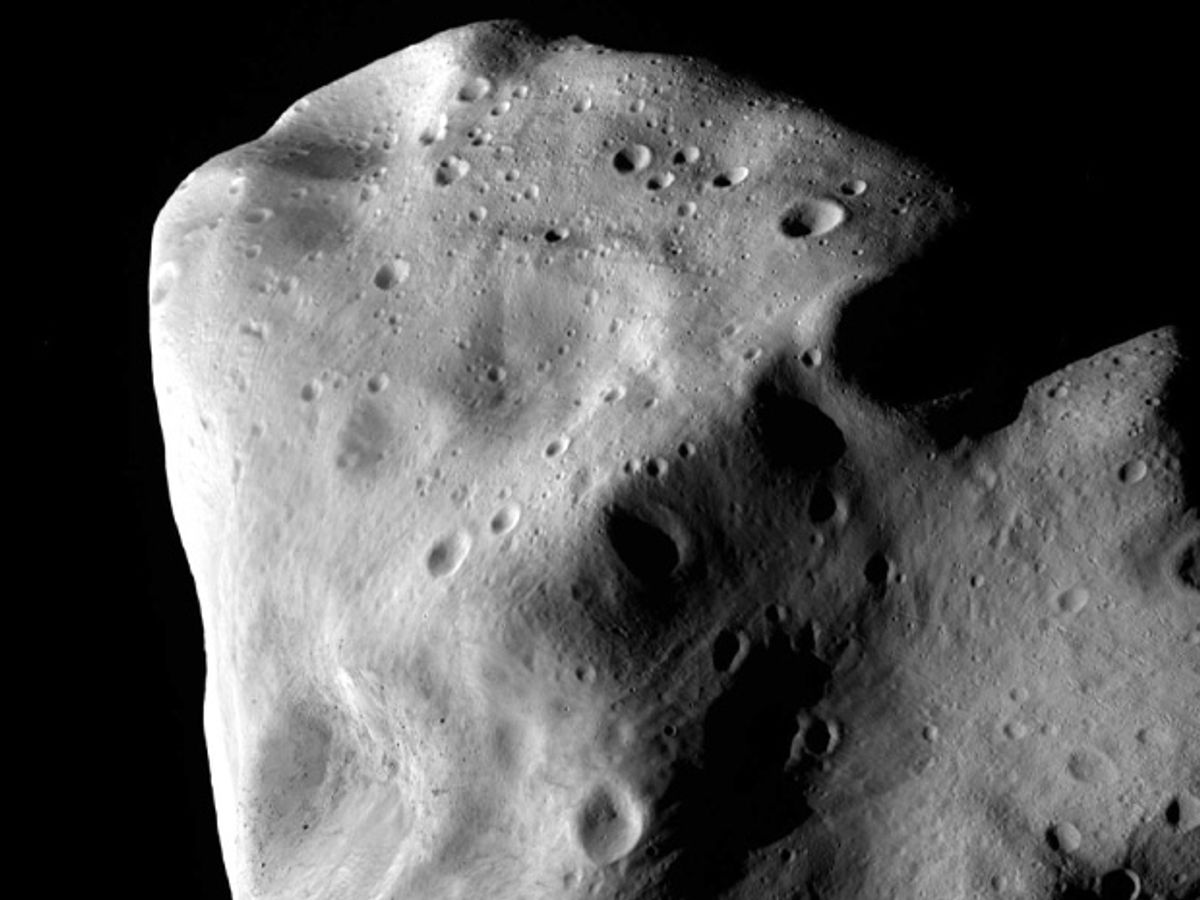Asteroid mining's prospects as a trillion-dollar industry could be mildly tarnished by a new Harvard study that found few space rocks near Earth worth mining. But asteroid mining firms have already begun launching a counterattack on the academic findings.
Just 10 near-Earth asteroids seem to fit the criteria for commercial mining operations, according to the study reported by BBC News. The research by Martin Elvis, an astrophysicist at the Harvard-Smithsonian Center for Astrophysics, narrowed down the list of suitable targets based on asteroid type, size, and accessibility.
One big uncertainty for the study comes from the possible range of mineral wealth in suitable near-Earth asteroids; Elvis pointed out that his study's estimates ranged from $800 million to $8.8 billion. Such wildly different estimates make a big difference in determining which asteroids become worthwhile targets for commercial mining operations. (The study is in press at the journal Planetary and Space Science, but a a preprint is available at Arxiv.org.)
The study's findings have already come under criticism from Planetary Resources, a space mining startup backed by luminaries such as Hollywood director James Cameron and Google executives Larry Page and Eric Schmidt. That company, along with competitors such as Deep Space Industries, have staked their prospects upon the dream of harvesting minerals such as platinum, iridium, and palladium from space rocks.
Eric Anderson, cofounder of Planetary Resources, told BBC News that he thought the Harvard study's mineral wealth estimates were off by at least a factor of 100 on the conservative side. He pointed out that Planetary Resources had a wider range of asteroid targets and was willing to tackle more inaccessible asteroids than those considered by the study.
Space mining firms such as Planetary Resources hope to eventually go beyond harvesting near-Earth asteroids to the Main Asteroid Belt between Mars and Jupiter—a treasure trove of mineral wealth with billions or even trillions of asteroids. But such far-flung mining operations won't become possible until much further into the future.
Estimates of the value in near-Earth asteroids could become clearer if NASA gets its asteroid mission off the ground. The U.S. space agency hopes to robotically capture an asteroid and place it in a stable orbit around the moon so that astronauts could visit and examine the space rock up close.
Editor's Note: The original story mistakenly stated that NASA's asteroid mission proposal aims to place an asteroid in orbit around the Earth. NASA's proposal aims to put the asteroid into orbit around the moon.
Jeremy Hsu has been working as a science and technology journalist in New York City since 2008. He has written on subjects as diverse as supercomputing and wearable electronics for IEEE Spectrum. When he’s not trying to wrap his head around the latest quantum computing news for Spectrum, he also contributes to a variety of publications such as Scientific American, Discover, Popular Science, and others. He is a graduate of New York University’s Science, Health & Environmental Reporting Program.




